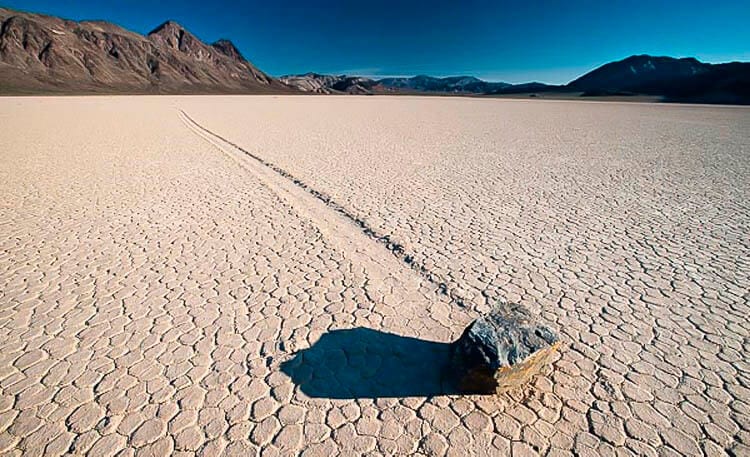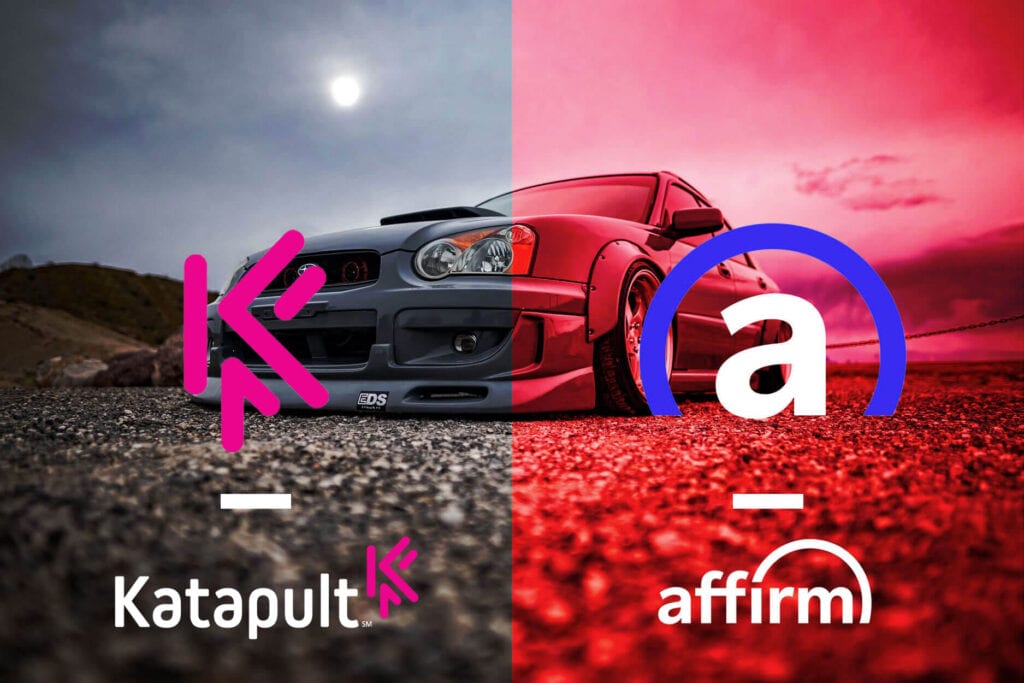The Best Way To Wash Your Car
It will long be debated how best to wash a vehicle but there are a few key points that if considered, will help to maintain your vehicle’s paint health, and make it look its best for years to come!
The name of the game is to remove dirt and other contaminants with as little contact with the car as possible.
Why do you want to minimize contact?
The number one goal is to keep from doing unnecessary damage to your car’s paint done by pushing the dirt and contaminants across the paint, resulting in scratches, whether they be large or small. Below is a picture from the Death Valley National Park, known as the “Sailing Rocks.” These rocks are pushed across the desert landscape, leaving a trail of scars. Like the sailing rocks, the unwanted particles of debris on your paint, if pushed across the paint can cause the same type of damage.

How do you minimize contact?
To minimize contact, you need to have a medium such as soap that will lift the particles off of the paint instead of pushing them across the paint. If you’ve ever noticed at any car wash, whether it be a self-serve wash or drive through, the first option or cycle is generally a low-pressure pre-wash. This helps to lubricate the surface to decrease friction between the paint and particles. The lubrication of the water will help decrease the possible damage of the particles when pushed across the paint.
Once the paint is lubricated with the water, using a car paint specific soap will then bind to the particles and lift them off of the paint. It is important to note that you will want a lower-pressure way of delivering the soap to minimize the movement of the particles across the paint. Many professional detailers will use a foam cannon system in contrast to a high-pressure soap delivery like what you commonly see at a self-serve wash.
If the particles cannot be removed simply by rinsing the soap off, a medium such as a sponge or mitt may be required to scrub the paint surface. When doing so, using a two-bucket system with soap in one and rinse water in the other will allow you to rinse the washing medium of the picked up particles. It is important that the medium be rinsed frequently to avoid dragging picked up particles across the paint.
One great tip mentioned by the guys over at Auto Obsessed is to use three different mediums for the top of the vehicle, ONE for the middle of the vehicle and most importantly, a separate medium for the edges of the wheel wells and rocker panels as those are the areas that accumulate the most debris. Again, the idea is to minimize the chance of dragging particles across the paint, doing damage to it.
Ways to Wash Your Car
Drive Through Brush Wash
Ah, the brush wash….it is fun to go through as the brushes of all different sizes scour your vehicle and while they do a good job at removing debris from your vehicle, it often comes at the cost of damaged paint. The brushes carry debris from other cars which then can be introduced to your vehicle. So, while they are quick, convenient and fun for the kids, the probability of doing long term damage needs to be weighed.
Drive Through Touchless Wash
Quick, convenient, and not as aggressive on your paint, a drive through touchless wash seems ideal until you pull out and your car is still dirty. The other point to consider is that if the soap doesn’t remove the particles well enough, the high pressure wash then can push the particles across the paint, doing similar damage as described above.
Self-Service Wash
While not as quick and convenient as a drive-through touchless wash, you gain the benefit of being able to be more thorough in your washing. The only word of caution with self-serve washes is to keep in mind the left-over debris left in any brushes and also to not use a high-pressure option without first pre-soaking and applying soap to your vehicle.
Two Bucket System
My bias may be evident but arguably the best way to not damage your paint is by washing it with the two-bucket system (described above) with several different sponges or mitts and finish with a lower-pressure rinse.
Now, there are times where soap and hand washing will not remove all of the particles from your vehicle. After the vehicle is washed and dried, if you take the tips of your fingers and lightly run them across your paint and feel anything but a smooth surface, you may need to clay bar your vehicle. Clay baring consists of using a lubricating spray along with a clay that you use to rub on the paint which picks up those stubborn pieces left behind by the hand wash. Another word of caution is to make sure you use enough lubricant spray to keep from pushing particles across the paint.
While the two-bucket system and clay baring do take time and are not as convenient, doing so and then waxing your vehicle regularly will keep you paint in tip top condition. If the damage is already done and you notice scratches or you find that your paint has become hazy, you may need to have the vehicle polished which takes a very thin amount of the clear coat off of the vehicle, smoothing the surface out like a Zamboni would the ice after a period of a hockey game.




